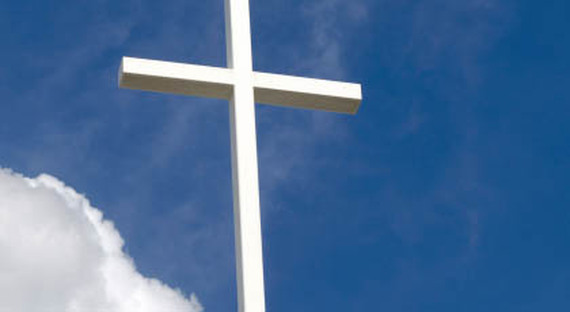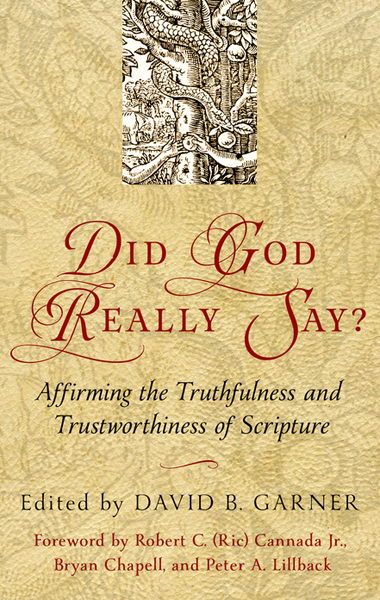
The ascension, Christ’s post-resurrection going up into heavenly exaltation to sit at the right hand of His Father. A misunderstood doctrine within Christology, the Ascension of Jesus Christ is often thought as an event, missing its theological significance. The ascension of Jesus Christ is directly related to His Offices, His Gospel, His Resurrection, His Kingdom, and His Covenant.
That significance is the ascension’s connection with Christ’s exaltation of His offices, namely His Kingship. Yes, as the eternal Son of God, Christ’s kingship began at creation; but in redemption, Jesus Christ is shown to be Head and Mediator for the church as well. This is not another creation, but a new creation, a redeemed creation looking forward to the consummation. There is an order in Christ’s exercise of his offices, they are true of him at all times: he is never Prophet without being King, or King without being Priest. Nonetheless, one should distinguish Christ’s present reign in grace from his future reign, which will also manifest glory and power. The kingdom currently is like that of its King; before his exaltation, appearing weak and foolish to the world. It is visible not in majesty but in Word and sacrament, discipline, discipleship, and fellowship. As in his other offices, Christ exercises kingship as both divine and human. He is King of Kings and Lord of Lords not only as God, but He is the faithful and last Adam, David’s greater son, whose reign has begun even now and will be realized fully after His second coming.
Christ’s ascension is not separate from, but a part of His gospel. The most direct account of Jesus Christ’s ascension is in Luke 24:36–51, and again in restated in Acts 1. It is seen in these passages that Jesus Christ’s ascension and return in glory are part of the gospel message. Without the ascension there is no intercession. It is with Christ’s ascension that He is to exercise all three offices in his heavenly exaltation, by proclaiming and bringing about his Word to His people, interceding for his people, and ruling all things for the good of His people, by the Holy Spirit.
The ascension is not to be seen as a mere end point to the resurrection, but as a distinct event that has significance in God’s redemptive history. Christ’s exaltation in (resurrection and) ascension is a pivotal theme, tying the doctrines of God, creation, humanity, and Christology together with the doctrines of pneumatology, soteriology, ecclesiology, and eschatology. For example: to eschatology, we are already seated with Christ in the heavenly realms but do not yet see him face-to-face; to pneumatology, Jesus Christ is now present to us by the Holy Spirit’s activity through Word and sacrament; and ecclesiology, the church is a community between two ages, already belonging to the new creation but still on our pilgrimage. It is the ascension that both grounds the Christian’s present struggle and guarantees our future triumph.
The ascension, as noted earlier, is primarily connected with Christ’s Kingdom. Christ’s words in Luke 24:49 “But stay in the city until you are clothed with power from on high.” we see at Pentecost in Acts 1, the Spirit poured out to apply the benefits of Christ through the preaching of the gospel, ushering in the new creation, in and through the individual and corporate life of believers, their children, and those who are far off (Acts 2:39). This means that the Spirit’s application of redemption can never be separated from Christ’s ascension, the history of redemption. We also see here that the doctrine of salvation cannot be separated from the doctrine of the church, for the same King who creates His church and sustains her by the same means, His Word and sacrament.
The ascension is connected to His (new) covenant. Unlike the Mosaic Covenant at Sinai, which Israel violated against her Great King, God’s Abrahamic and Davidic Covenant’s depended on God’s own unwavering faithfulness despite the unfaithfulness of those He came in covenant with. These covenants and all its promises are fulfilled in the New Covenant in Christ, who fulfilled the Mosaic covenant as well, since he is himself the faithful King and the faithful subject.
The kingdom of God is “from above” to which he ascended; it is an in-breaking of the age to come rather than a developmental progression drawn from the resources of the present age. Christ’s ascension gives the Christian hope since it is a kingdom we are receiving from God rather than building for ourselves, it cannot be shaken (Heb. 12:25–29). As difficult as it is in practice, the Christian must affirm that Christ’s kingdom is already truly present, but not yet in its consummated form.
Michael Dewalt serves as Director of Admissions and Assistant Professor of Theology at Faith Theological Seminary, Digital Content Manager and Rhetoric and Logic Tutor at Granite Classical Tutorials, and Adjunct Professor in the Bible and Theology Department at Lancaster Bible College. He and his wife Emily have been blessed with one son, Wyatt Cash.

The Alliance of Confessing Evangelicals is member supported and operates only by your faithful support. Thank you.















 © Alliance of Confessing Evangelicals
© Alliance of Confessing Evangelicals


